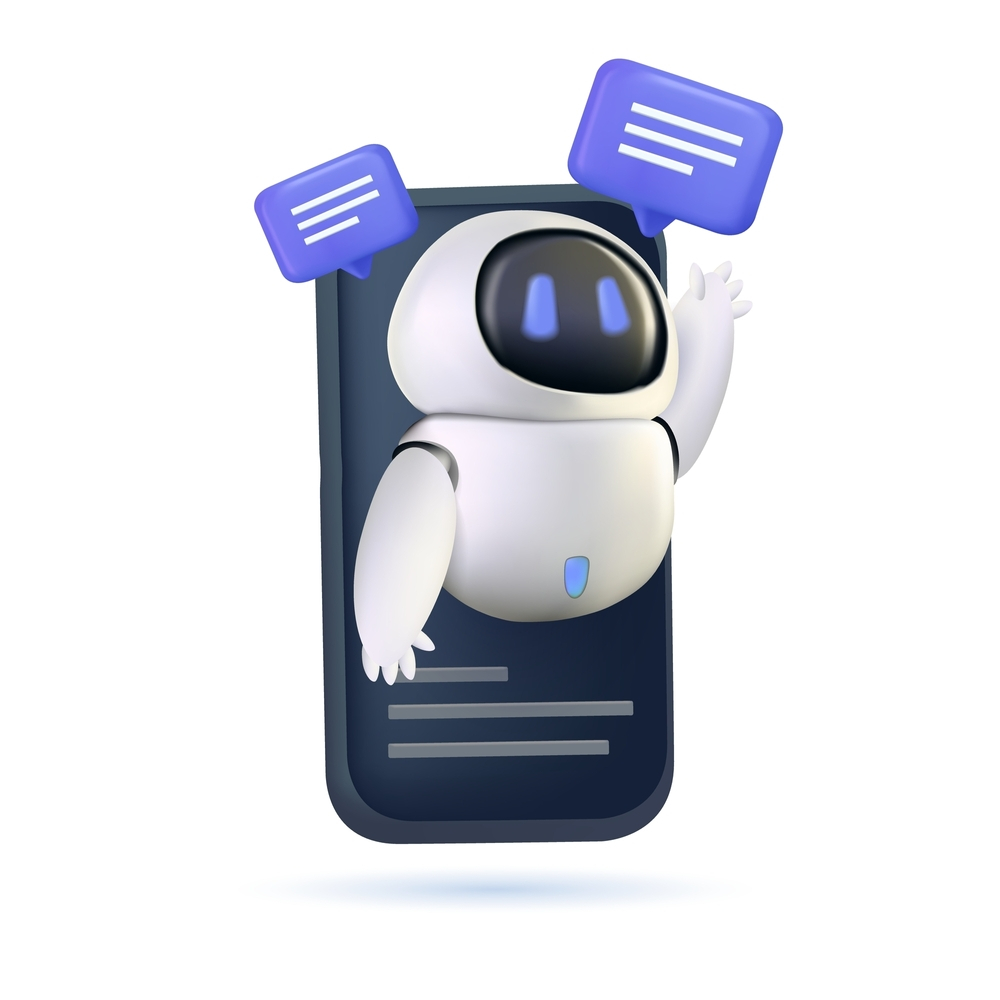Highlights:
- Users can easily sync their chat histories across multiple devices and interact through voice commands.
- OpenAI made GPT-4 take a simulated version of the U.S. bar exam as part of its internal software testing. It scored in the top 10% of test takers.
OpenAI LP expands ChatGPT to Android, following its iOS release two months ago.
Currently accessible in the U.S., India, Bangladesh, and Brazil, OpenAI plans to expand the Android app to more countries within a week. As of late May, the iOS version of ChatGPT was available for download in over 150 countries.
The recent launch of ChatGPT on Android was not unexpected, as OpenAI had previously revealed its plans to support the operating system after introducing the iOS app. The startup recently initiated a listing in Google LLC’s Play Store, enabling users to preregister for the Android client.
Android and iOS versions are free, but users can pay for the ChatGPT Plus subscription. Priced at USD 20 per month, the subscription provides faster chatbot response times and grants priority access to updates.
The features in OpenAI’s new Android app closely mirror those of its iOS counterpart. Users can seamlessly sync their chat histories across multiple devices and interact with ChatGPT through voice commands. The latter capability is possible because of Whisper, an open-source speech recognition model OpenAI introduced last year.
Upon its launch in December, ChatGPT was driven by the neural network GPT-3.5. However, OpenAI has upgraded the chatbot service to the latest GPT-4 model. In comparison to its predecessor, the GPT-4 model exhibit enhanced accuracy in interpreting user instructions and is less susceptible to AI hallucinations.
OpenAI had GPT-4 complete a simulated version of the U.S. bar exam as part of its internal software testing. It scored in the top 10% of test takers. Additionally, GPT-4 completed numerous other academic tests covering various fields, including mathematics, law, and economics.
A significant improvement in GPT-4 is its ability to process images as input. Users can now upload a photo and ask the model to translate the text it contains. This is unlike its predecessor, GPT-3.5, which powered the initial version of ChatGPT and could not process images as input. This new functionality is a notable enhancement in GPT-4.
Both the Android and iOS versions of ChatGPT utilize OpenAI’s latest GPT-4 model. However, as of now, they don’t support image input. The startup is considering introducing this capability in a future update to its mobile apps.
The mobile apps may eventually gain support for ChatGPT Business, a paid chatbot edition OpenAI previewed earlier this year. ChatGPT Business caters to enterprises seeking user management features and professionals who “need more control over their data.” Back in April, OpenAI announced that the launch of ChatGPT Business was on track and expected to occur within a few months.





























































